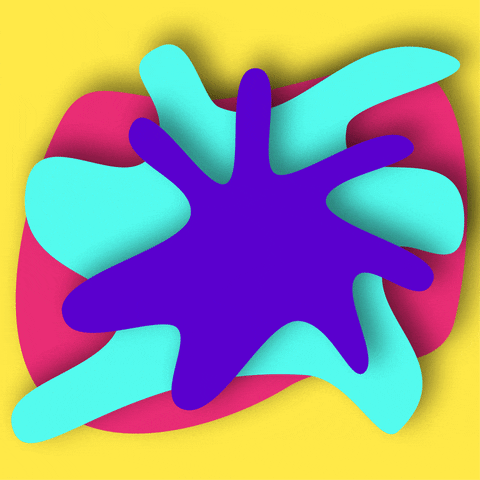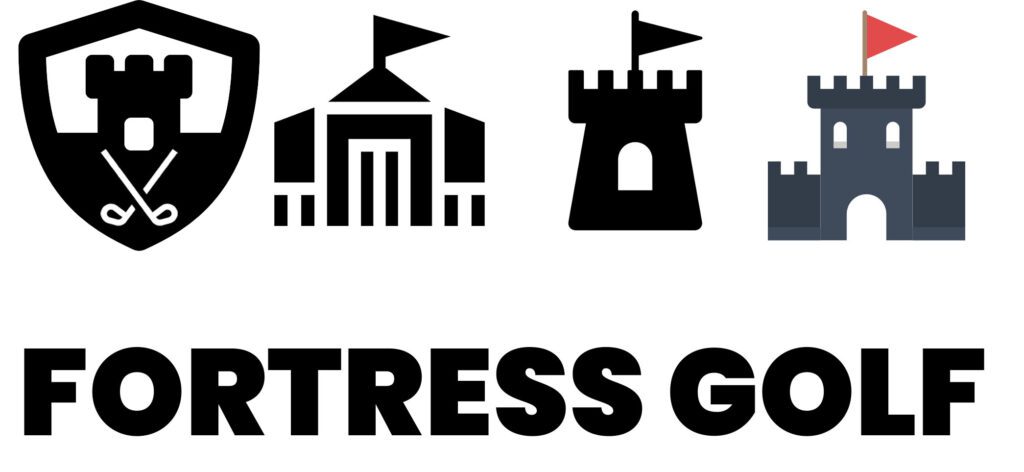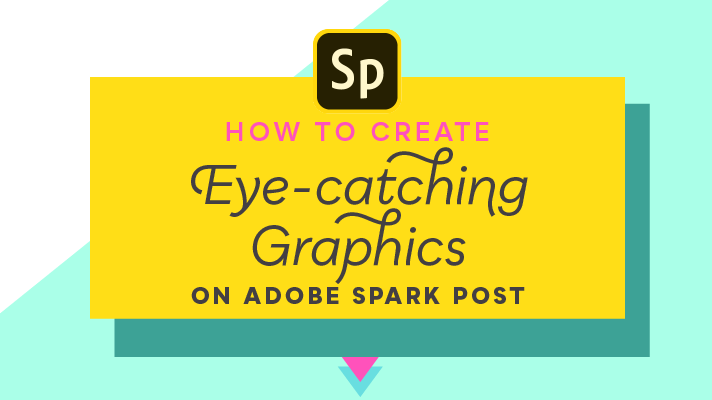
What is GFX?
GFX is a popular term in the world of computers and technology to define graphics and graphical effects. Graphics are the products of the graphic arts, especially commercial design or illustration or the use of diagrams in calculation and design.



Why does GFX matter?
GFX matters because visual communication that combines images, narratives, multimedia, words, and text helps you – a creator – communicate with your audience.
If you are starting a business, creating digital marketing materials, doing a school project, presenting to internal or external clients or stakeholders, you likely want your narrative – what you are trying to convey – to come across well.
One way for your narrative to be well received is for you to combine elements that appeal to people who are listening and interacting with your content. Graphics are universal in nature. Images, designs, and frameworks can be powerful in conveying meaning and values.
Think, for example, of a birthday theme. What does it represent and why? My guess is that you likely associate birthday decorations with light colors, happiness, and maybe cake. These associations can be codified by a GFX maker as the theme, template, and even color schemes of your design will help others see your message.
Now compare a birthday theme with graphic designs for a music video. What types of graphics are represented in a video with music? The answer is likely far broader. Music videos can be uptempo (and use hot colors and standards) or slower and darker for more serious music with sober notes and lyrics. By paying attention to graphics and the narrative you wish to convey, you can more readily use illustration and styles to paint a picture for others.
Here is a third example: traveling. Imagine you want to build a website or pitch deck centered on a specific type of travel like honeymoons. What types of icons, images, or design would you use? My intuition is that you might show a couple on a beach or a photo of a large geographic expanse. Why? Because these icons and design standards convey something innate that humans know about honeymoons. And simply put that is that people, when traveling, are on the move. And traveling takes place in large cities and small ones, and in nature, and anywhere that people can go.



Getting Started with GFX
There are many different ways to get started with graphic design, video collage, logo makers, and poster design.
Some of the solutions are rooted in technology and others are rooted in observation and drawing. I am the son of an architect so I grew up in a home where we were constantly asked to observe things and think about how to improve the design.
At its core GFX is about conveying thoughts and feelings to others. The offline equivalent of this could be words, a drawing or sketch, or a color scheme.
The online equivalent of this is the use of a tool to help you build a narrative with images, videos, text, colors, and even sound to bring your story together.
GFX makers used to be expensive and difficult to learn. Today, that couldn’t be further from the truth. GFX is used by students as young as elementary school to start using technology to tell stories. Startups use them to attract users to their latest fintech or crypto idea. All the way up to boardrooms executives use GFX tools to help them convince stakeholders of a certain position or policy. During COVID-19, GFX makers were rapidly deployed by elected officials who used these resources to convey changes in infection rates.
Getting started with a GFX maker is easy and I will outline the steps I have taken – and that you can follow – to identify which GFC maker is best suited to your needs, how they work, and the pitfalls of each.



Before Using a GFX Maker
When I was learning how to write my mother would always advise that I start with an outline and work backwards from that. It is good advice worth passing on to you as you start the journey of using a graphics design tool.
Firstly, before starting to deploy content from the GFX maker think about what you are aspiring to convey.
Answer these questions:
- What are my goals?
- What graphic designs, shapes, colors, and styles will help me tell my story?
- What does the GFX represent?
- Am I telling my story well?
It is easy to jump right into the use of a GFX maker and have a lot of fun. But this fun might distract from the depth and quality of your ability to tell a story. So identify and set yourseful in the direction of a North Star.
If your goal is to educate people on a topic, for example, you likely need less of a hard sale in your design. You might be able to leverage more iconography and varied color schemes.
If your goal, on the other hand, is to convince your team to make a large investment, you might want to use a sober color palette with simpler and cleaner icons and images. This is because you will want your peers to see the simplicity and cleanliness of your logic.
Once you have identified your goals, think about the style framework you can best leverage to reach those goals. Think about Steve Jobs presenting an iconic Apple product. Or Elon Musk presenting a new Tesla. What graphics did they leverage? How did they use words, images, and iconography to tell their stories? Here are some hints:
- They used bold words and minimal text.
- They used focused themes with straight lines and smooth edges.
- They repeated key points verbally and on their slides 3 times to optimize for helping people remember the content.
GFX tools will not turn you into a Steve Jobs or Elon Musk caliber presenter overnight. But by using the right tools and the right approach, your presentations or narrative can still be compelling.
Now that you know more about GFX and the approach to thinking about design standards, you are likely curious about the tools you can use to start implementing graphical design now. I am a self-educated expert in this field so I admit that while I know about many tools, there are some I have used extensively and others I have less exposure to. Additionally, new GFX makers are always being developed in light of the rise of robust cloud applications for storing and powering these tools.
At a high level, Adobe has been and remains a leader in the GFX space. Adobe is an American software company that helps people design and build visual representations of graphs, images, and videos on their personal computers.
Specifically, Adobe has a line of products called Adobe Spark Post that enables users to build, create, save, and share GFX animation and designs. You can create still or dynamic context and I love the ability to easily turn stills into moving icons.
For example, you can take static text (i.e. a word) and have that word move around a screen or box. This represents potentially distracting design but that is the point. By having words move you literally capture the attention of the reader or end-user which can help you better communicate the value prop you wish to convey. This could work great for sales deals or other time sensitive notifications in which you want your GFX to communicate something urgently and boldly.
Adobe Spark is akin to letting you act as design DJ. Imagine you could easily take your favorite songs and mix them together, run them at different tempos or speed, and add new lyrics over the top. Well, Spark provides just this functionality with GFX.
Here are the basic steps you need to be comfortable with to leverage this tool for GFX design.
- Get inspired.
Know what you want to build and review the existing material in the space. Take a look at other inspiring designs, icons, or videos and see what appeals to you. Do you like the flow of the graphic? The timing of the movement of the dynamic letters or words? How does it make you feel? Are you vibing with the color scheme? By identifying what you like and dislike about a graphics design, you will be better suited to build one that you are inspired by and that fits your needs. You can easily edit copy, text, and font but knowing the feeling you wish to create is a useful step to take in the beginning.
- When building a GFX you can start from scratch or build off a template.
Naturally the template is likely easier for most new users and will save you time and effort. But starting from scratch is akin to holding a blank piece of paper in your hands. What do you want to build? If you go with a template, you should take time to pursue different options and understand their cost (if any) and potential limitations.
- Build in flair! If you want your GFX to stand out you will likely want to add flair.
What does flair mean? It can mean bold colors, moving images or text, or some other design standard that makes your design “pop”. Think about the ways you can take your Call To Action to the next level. What is your message and does it stand out? If not, add flair to make your work reach more users.
- Re-image, re-size, re-scope.
When you finish your project and design you will want to ensure that your design works well and renders nicely across different size screens, mobile phones, or large monitors. Luckily for you that re-sizing is now often handled by different technology platforms. Nevertheless, owning the performance of your design across multiple screens is important. So do a few test runs and make edits where needed.
- Save, share, and measure the impact of your design.
In order for your creative to go live, you need to save and share it. You can embed your design in your website or launch it as an ad, pop-up on a website, or mobile notification. You can place GFX in a video or in a live powerpoint presentation. The choices for distribution are essentially endless. But don’t stop at just saving and sharing. As you become stronger at GFX design and making your own GFX content, you will want to measure the impact of what you have created. How many people saw it? How many people remember what they say? And most importantly, did people act on it? If you are using a GFX maker to make ad copy, for example, how many people clicked through to your ultimate Call To Action or product buy flow? Did people see your creativity and then leave or bounce? These are questions you will want to measure and understand to improve your GFX products and future maker experience.
How much do GFX Makers Cost?
Many GFX makers are free to use but as you increase complexity of your designs (or the size of your files) the prices can go up. Some GFX makers have a certain number of free settings (i.e. colors, sizes, GIFs) but paywall other features.
You can almost certainly start using a GFX maker for free for simple needs and outcomes. This is ideal for learning and experimentation. If you have more robust or heavy computational needs for your designs, paying for access is likely the right move.
Some GFX makers charge by the design. This means that you can pay once and obtain one design. If you have a one off project this is ideal. Other GFX makers have a monthly or annual subscription fee where you can make as many designs as you want for a certain fixed price. Again, the cost will depend on different variables. If you are a professional – and making GFX daily or weekly – a paid subscription will likely be a required tool to have access to. If you are a student there are plenty of free GFX trials and tools to use directly from a web browser.
GFX Feedback: User Studies
One way to improve your experience with a GFX maker is to build something – any design, really – and get feedback from users. Here are questions you can ask to clarify if the design added value to them:
- When you saw the design, what did you learn?
- How did the design make you feel?
- Do you remember which colors were in the design?
- Why do you believe the colors were selected for this design?
- What was the call to action of the design?
- How did that call to action make you feel?
- Did you act on the call to action?
- What words do you associate with the design?
- How would you make the design better?
- Anything else I should consider when improving my designs?
- What did the font convey to you about the words?
- What other brands remind you of this design and why?
Good design – like good logos or great product experiences – stick. You want your GFX maker to help you make something that sticks. You want your users to remember the visual cues and brand images that you are leaving them with. Graphics provide a visual basis for you to communicate.
For this reason, you shouldn’t design in a silo. Build a little and get feedback. Built a little more. Iterate as you go.

Graphics, when designed correctly and thoughtfully, can help you stand out. They can also help you differentiate yourself – as a person, as a company, as a brand – from your competition.
Some aspects of user studies for your GFX maker will be “simple”. This includes things like picking a font, polishing your design, and selecting colors that reflect your narrative. Other aspects of leveraging a GFX maker are more complicated. Developing a brand identity, for example, is very challenging. What does your business or brand do? Why do you exist? What sets you apart from the competition? Why do your customers value you?
A GFX maker can’t solve these questions for you. All the tool can do is help you convey those answers graphically. That is why it’s so important to have a North Star before you start building and sketching out your graphical story.
If you can’t identify your brand or narrative right away, don’t worry. Take time to ask your customers, peers, or friends what they think of your narrative or your brand. Look at your competitors and ask: what are they doing to communicate in the marketplace?
A mind map is a first approach to thinking about strong and relevant graphical design. A GFC maker will help you take a mind map and turn it into action.
Start by placing your “goal” or “brand” or “key message” in the middle of a piece of paper or whiteboard. Now place around that word what you do, why you do it, and how it works. Are these actions coherent? Do they make sense?
If so, you are likely ready to start taking the next steps which is moving from the design concept to the design execution stage. It is at this stage that a GFX maker is such a powerful and useful tool.
Here are some ideas of mind mapping concepts you can try to apply to your GFX maker:
- I am in business to provide healthy, safe, sustainable food to local neighborhoods.
- I believe humanity needs access to great food to thrive.
- Therefore I grow food and provide it to people in need.
With this mind map constructed, I can now turn to a GFX maker to use soft colors, simple text, and a clear call to action to create a message that visually conveys this to others.
Before leveraging a GFX maker, however, I want to better understand how others are making designs in the food health space. I want to not only be inspired but informed. So I take time to look at other brands and their websites, apps, and advertisements to see how the visually represent food, health, and communities and use moving words, icons, and color pallets to convey messages.
Once I have completed these steps (education about the market, inspiration from other brands, and created a mindmap) I am ready to put “pen to paper”. The outline that my mother advised I used before writing any written document is now set and I know my North Star.
I now fill this out:
- I want to use a GFX maker to convey _________________.
- If I am successful my users will learn _________________ about my business.
- Without a graphical identity I can’t convey _______________.
A GFX maker, thought used to create digital assets, need not remain only online. Think about a cereal box or soda can. Each of these household objects has a graphical interface that has been defined to communicate aspects of nutrients, taste, and security.
Likewise, some designs are only on the internet. Think about Google’s home page. What does it represent? Simplicity and speed. Google tries to use its design standards to melt away so that the user can more rapidly access the information that they are searching for.
Conclusion
Using a GFX maker is like using any other tool. You can use the tool for fun or serious work and it’s easy to learn and impactful. But knowing your design standard North Star will be hugely helpful for guiding how you use this tool, when, why, and the results that you have.
By planning out your vision – how you want others to see you or your narrative – you can work backwards and build an icon, graphic design, or color scheme that educates, inspires, and informs others who interact with your content.
When building graphic design, you are likely doing so to “move someone”. Sometimes this is how people vote or buy or consumer products or brands.
By using user research, getting feedback often, and experimenting with different GFX makers and templates, you will be setting yourself up for success and the possibility that your design communicates messages to others that change their behavior.


